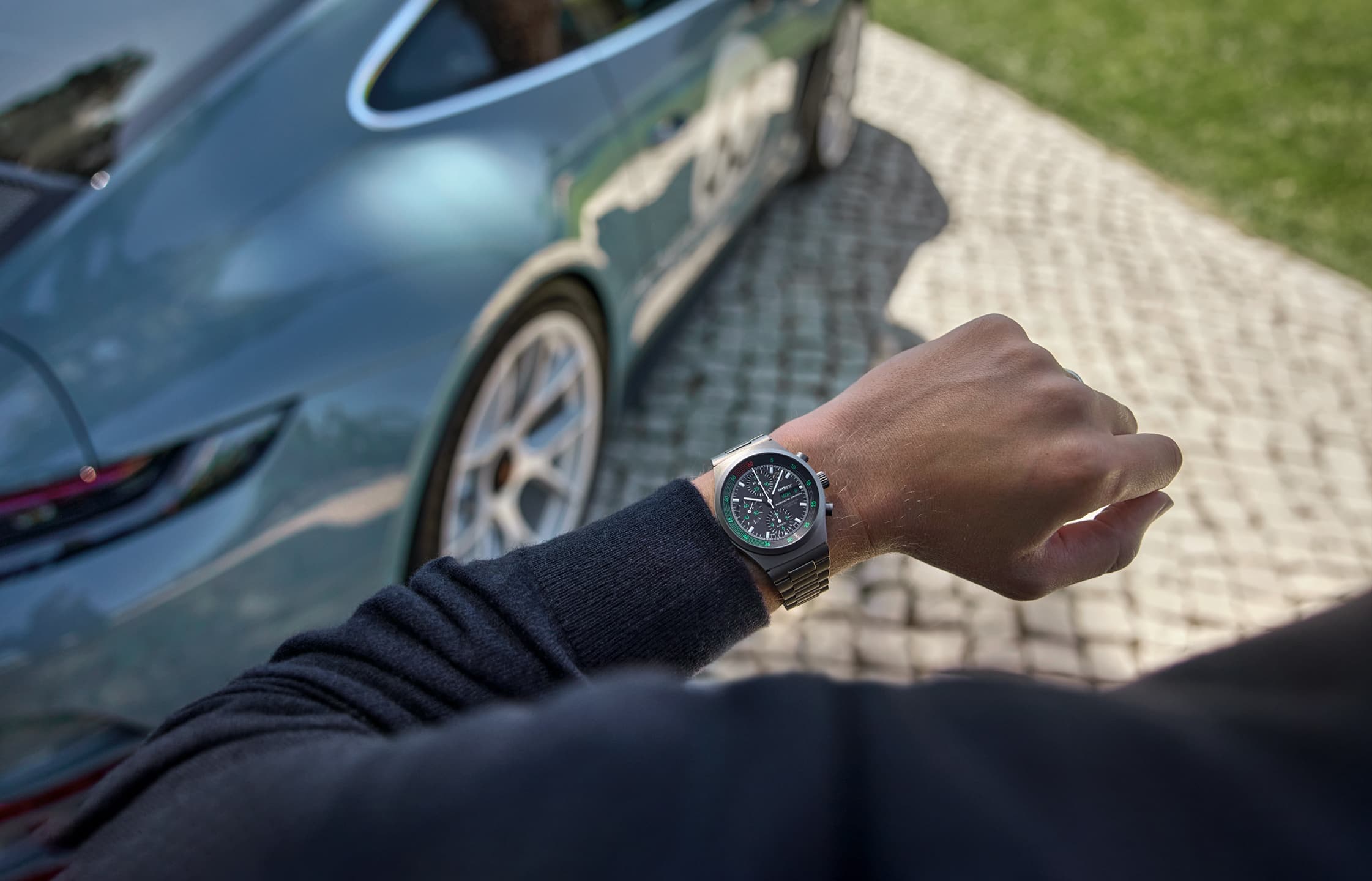
Porsche owners only. Relógios exclusivos inspirados no modelo automóvel.
Porsche Design Timepieces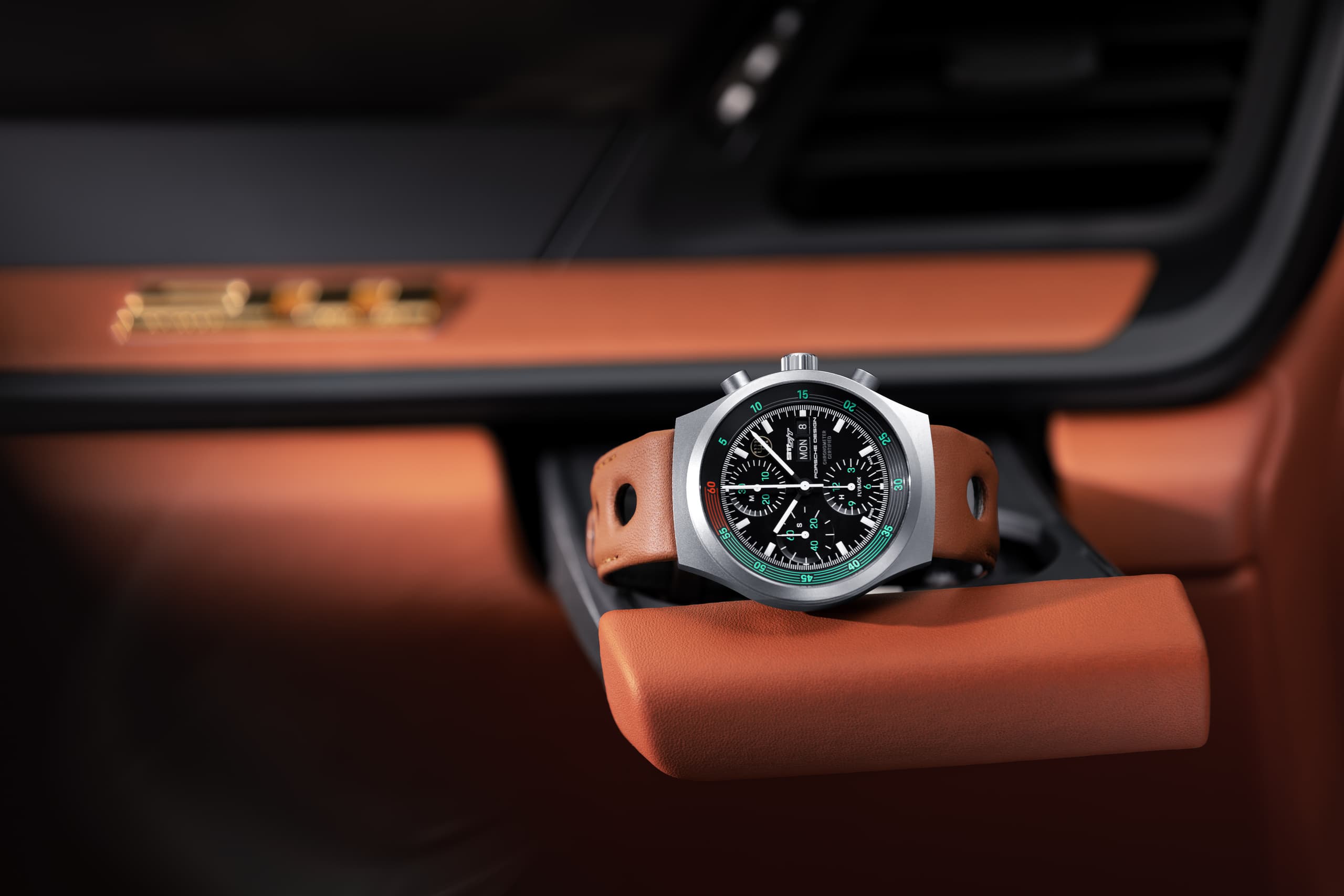
A experiência porsche. Levada ainda mais longe de forma coerente.
Os proprietários de modelos GT, modelos especiais ou modelos Exclusive Manufaktur podem ter o seu próprio Porsche Design Chronograph personalizado, feito exclusivamente para combinar com o seu automóvel desportivo. As características inconfundíveis do respetivo modelo Porsche são incorporadas e transferidas para o design, materialidade e esquema de cores do cronógrafo. Os relógios são limitados a um número máximo de veículos, estão exclusivamente disponíveis para compra pelos proprietários desses veículos e são fabricados na própria fábrica da empresa, de acordo com as encomendas dos clientes.
Descubra os relógios exclusivos para veículos
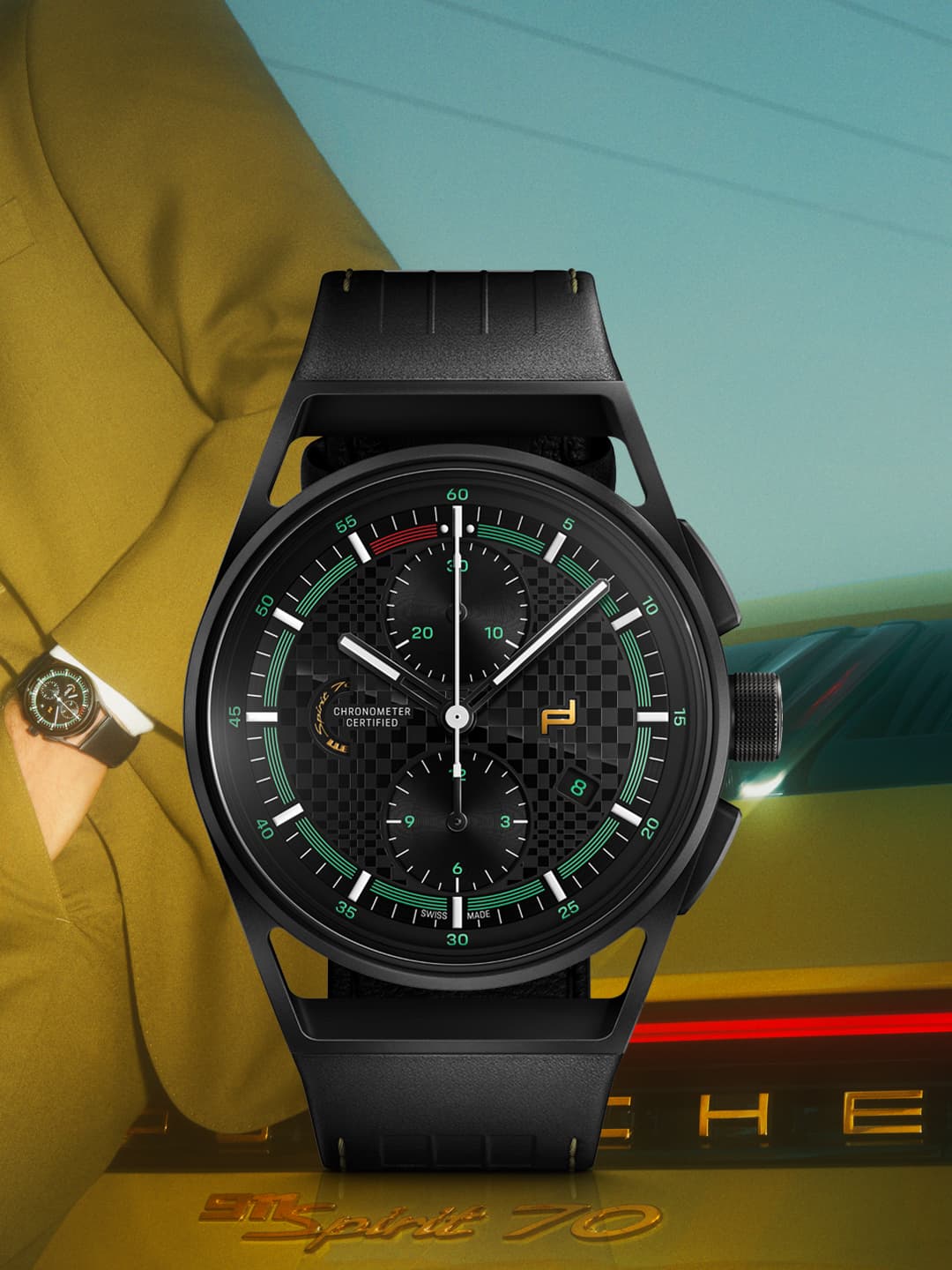
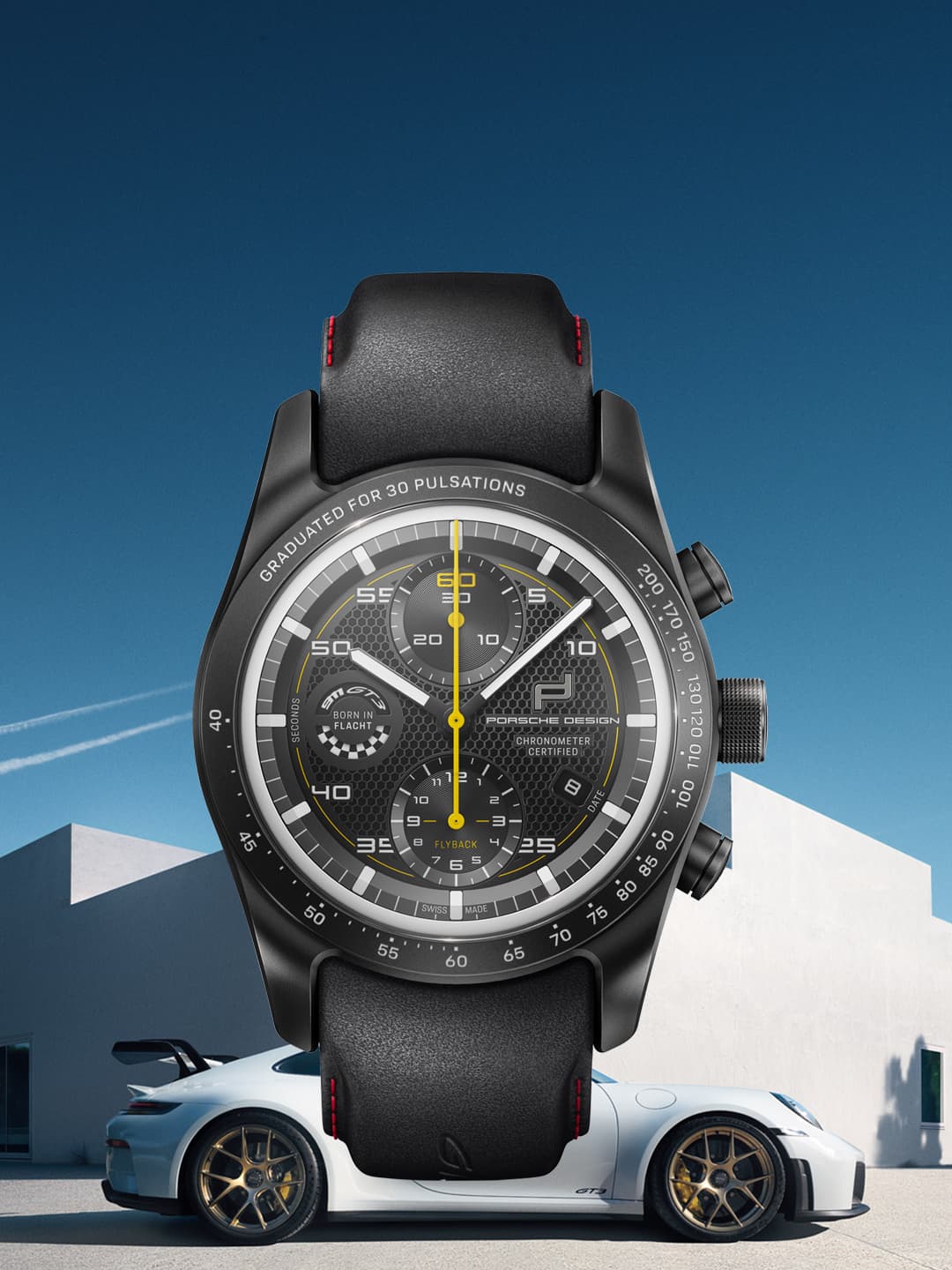
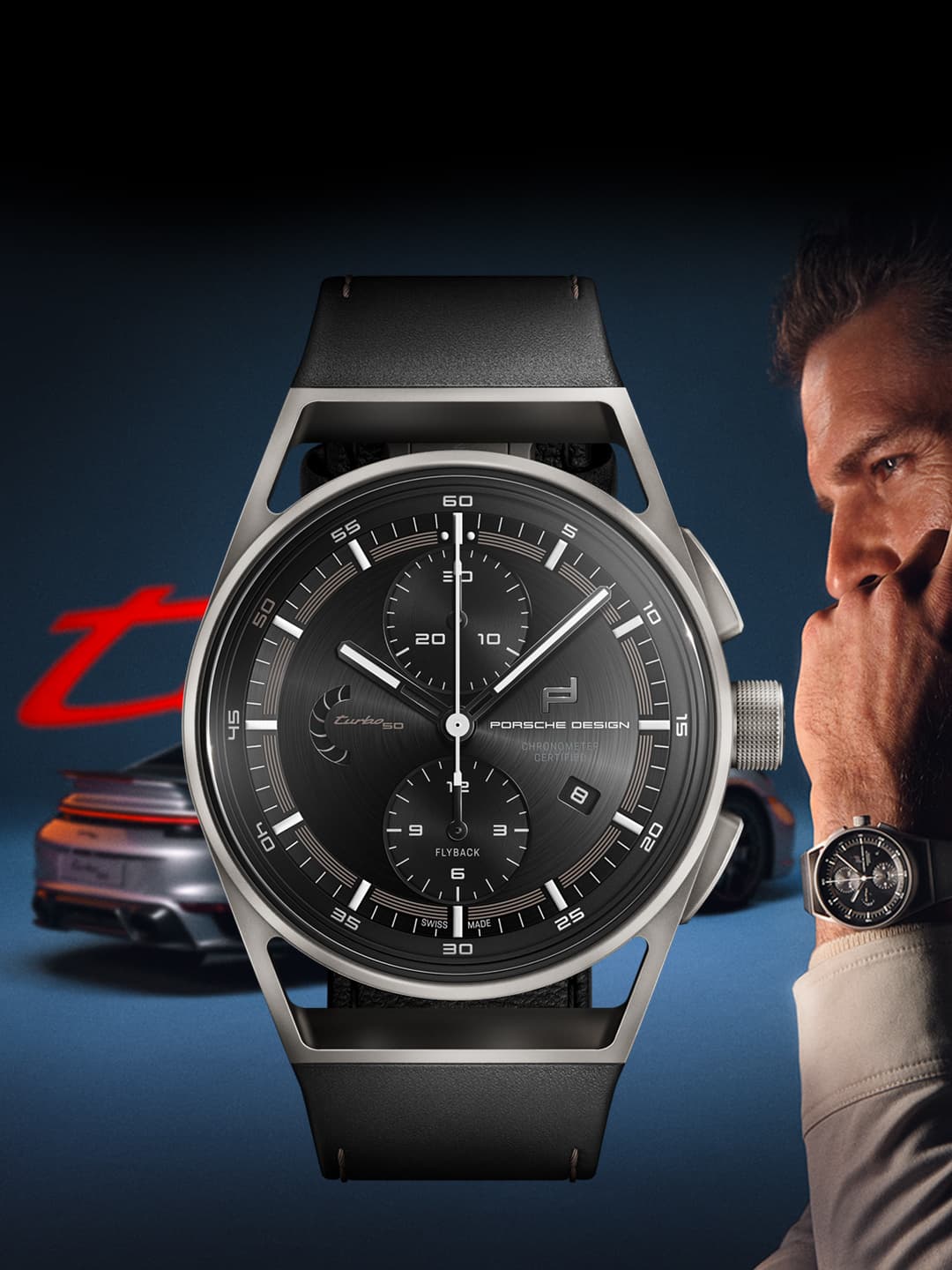
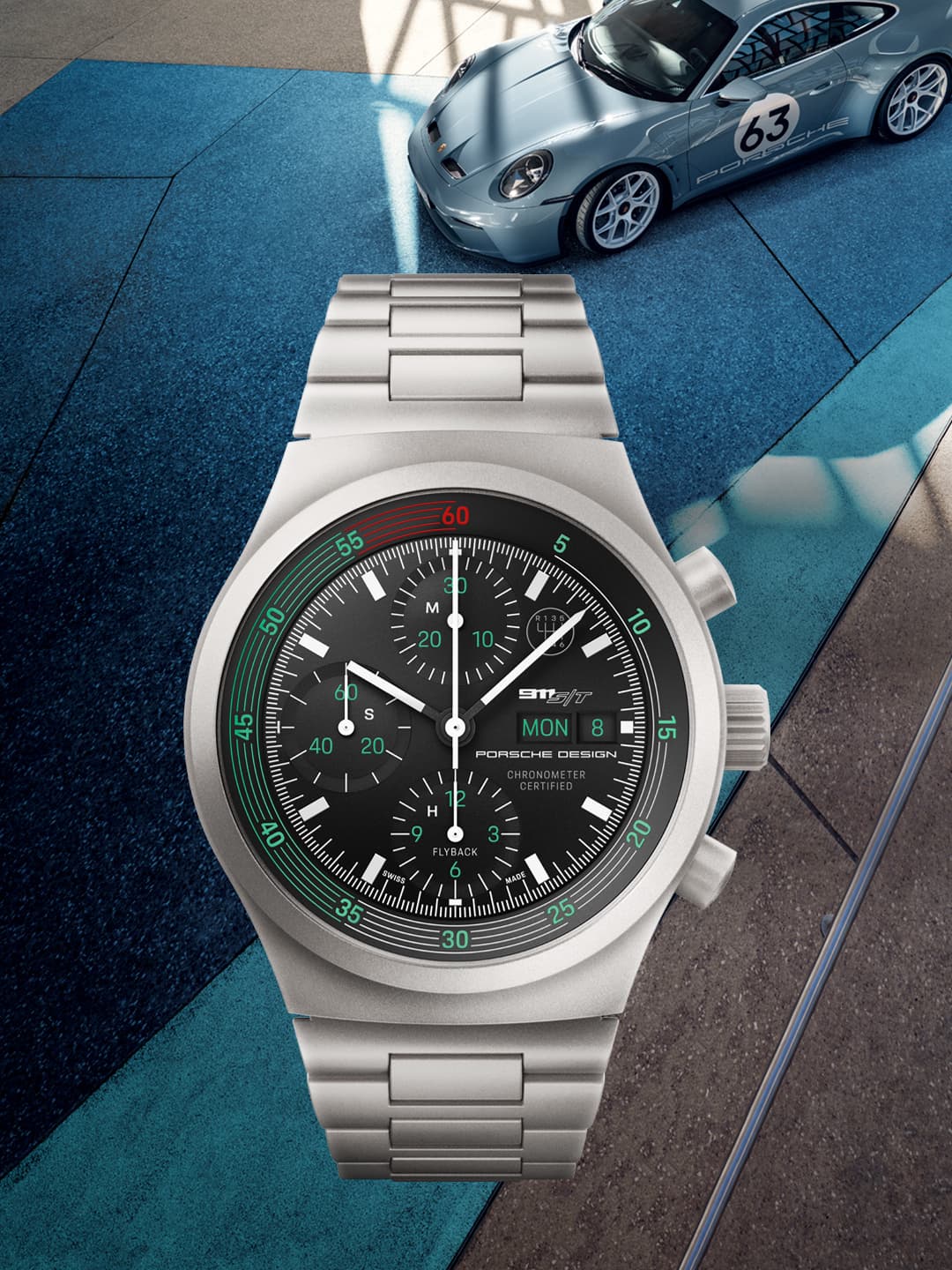
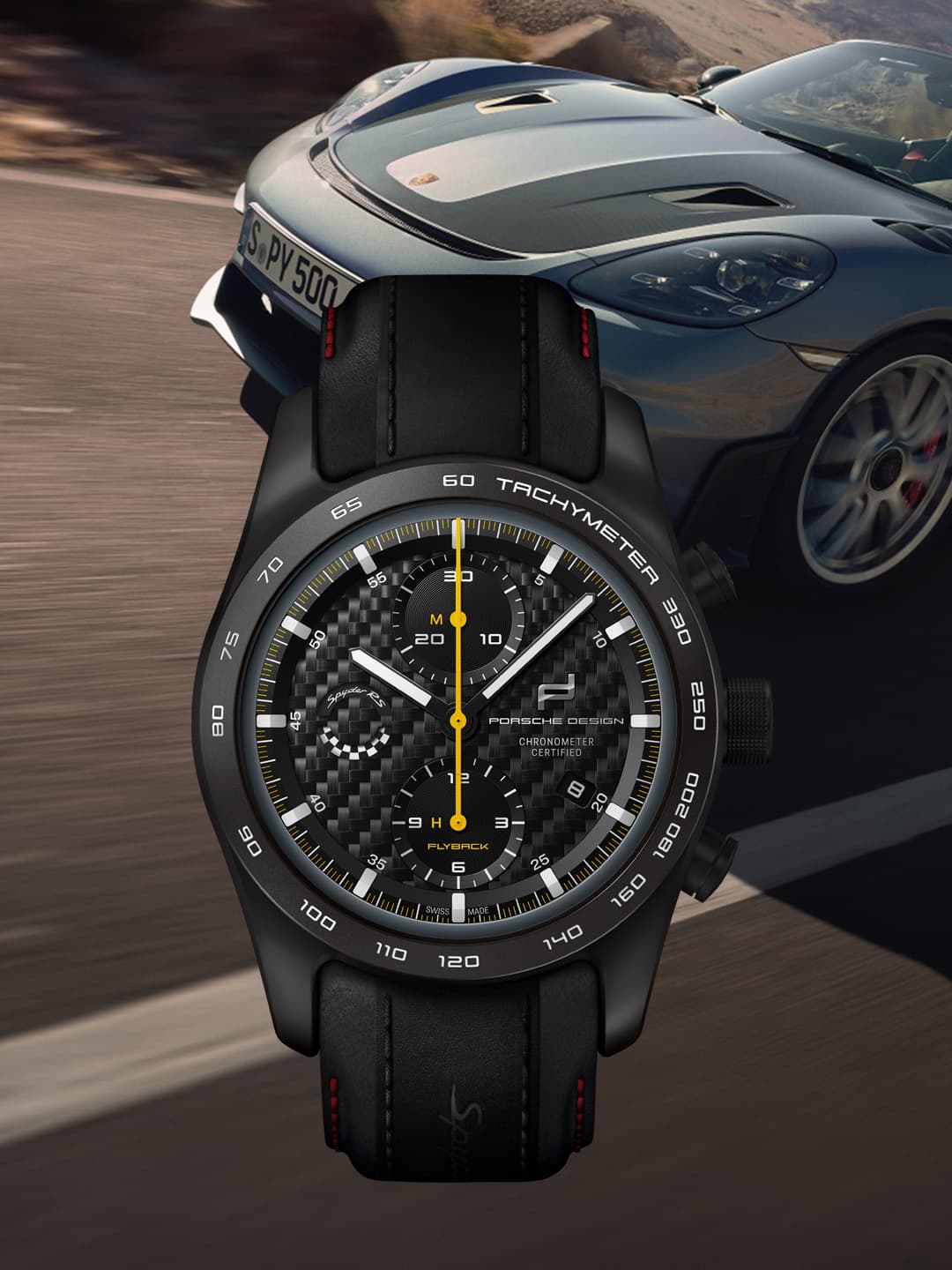
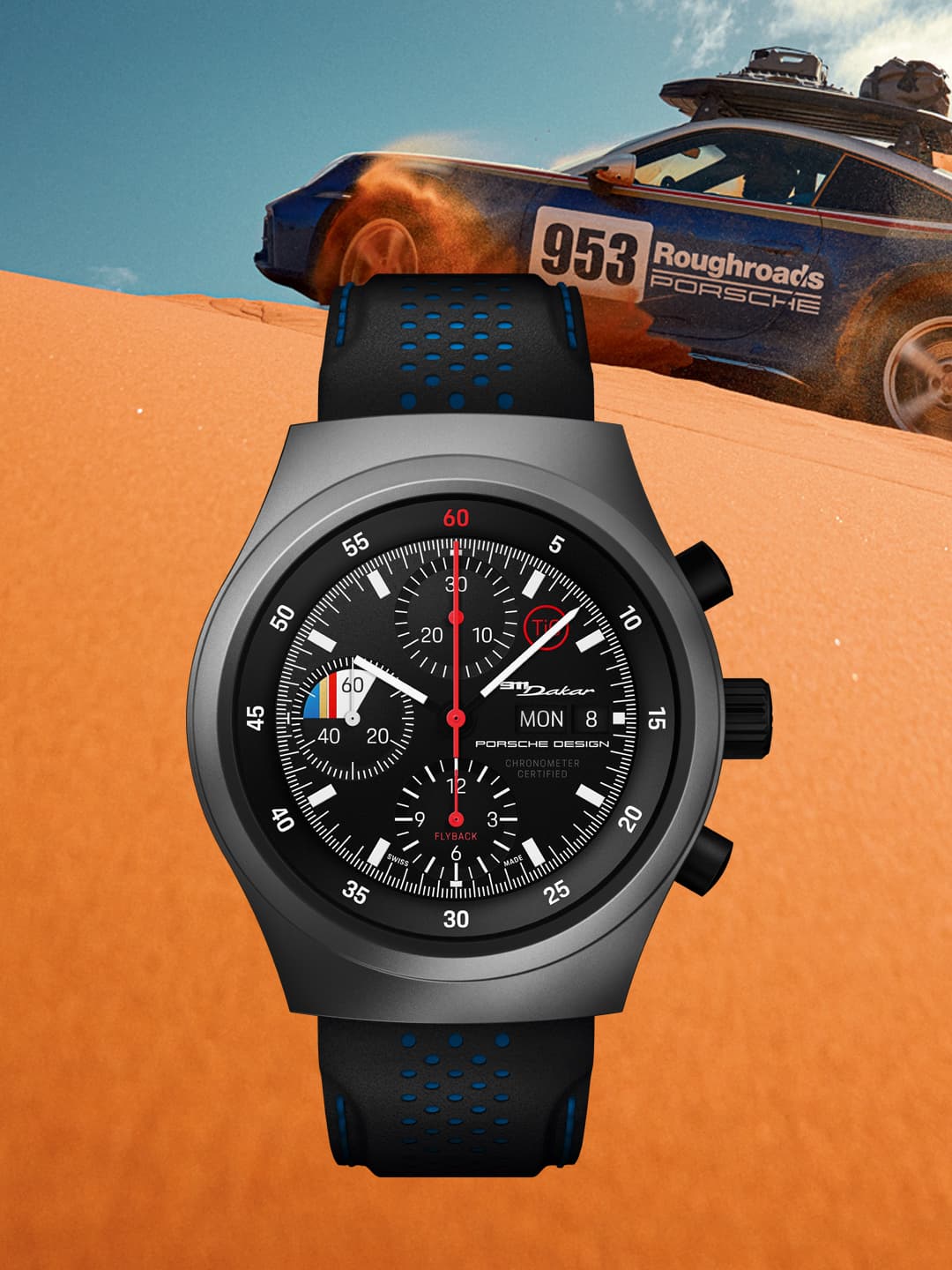
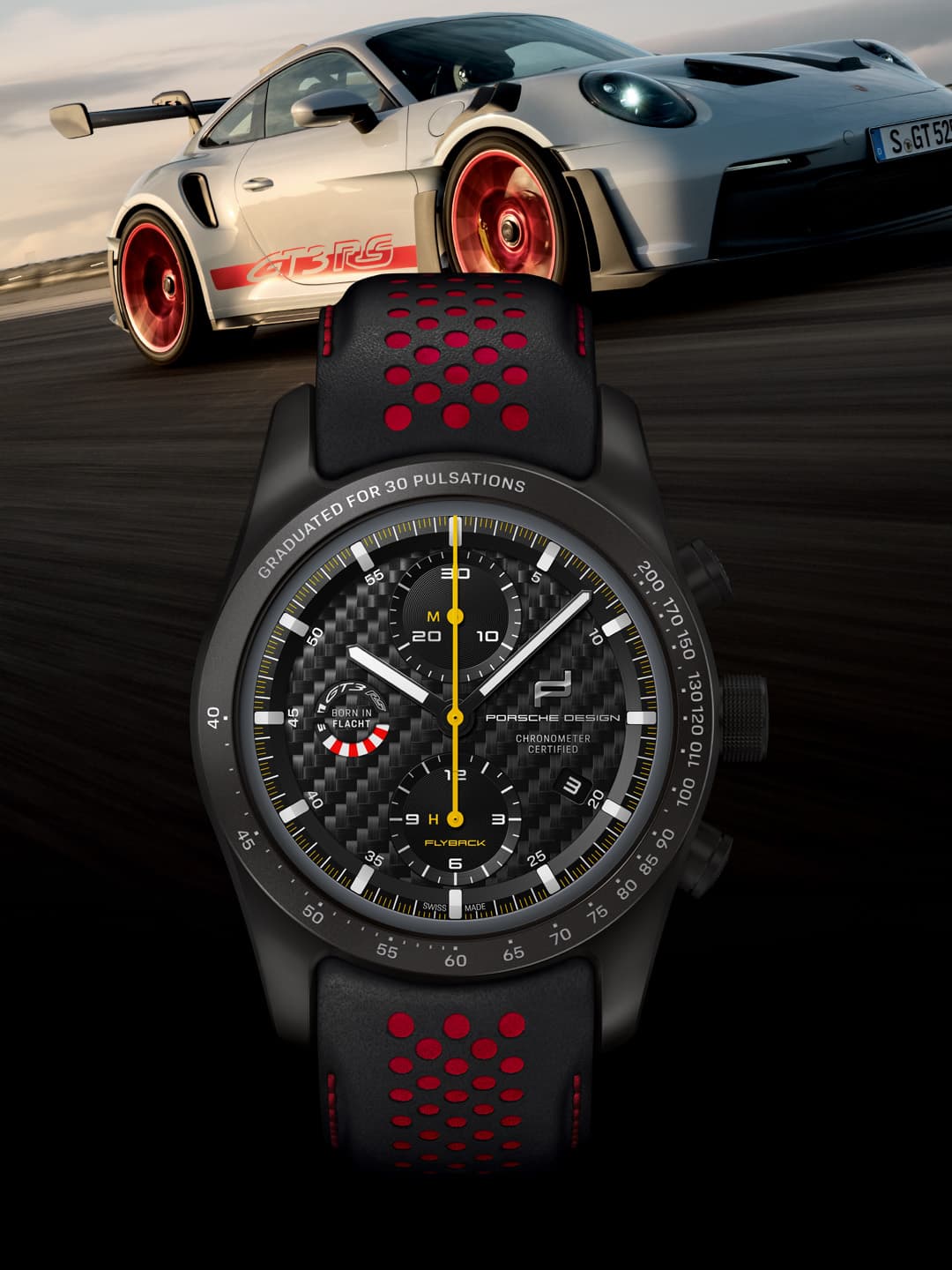
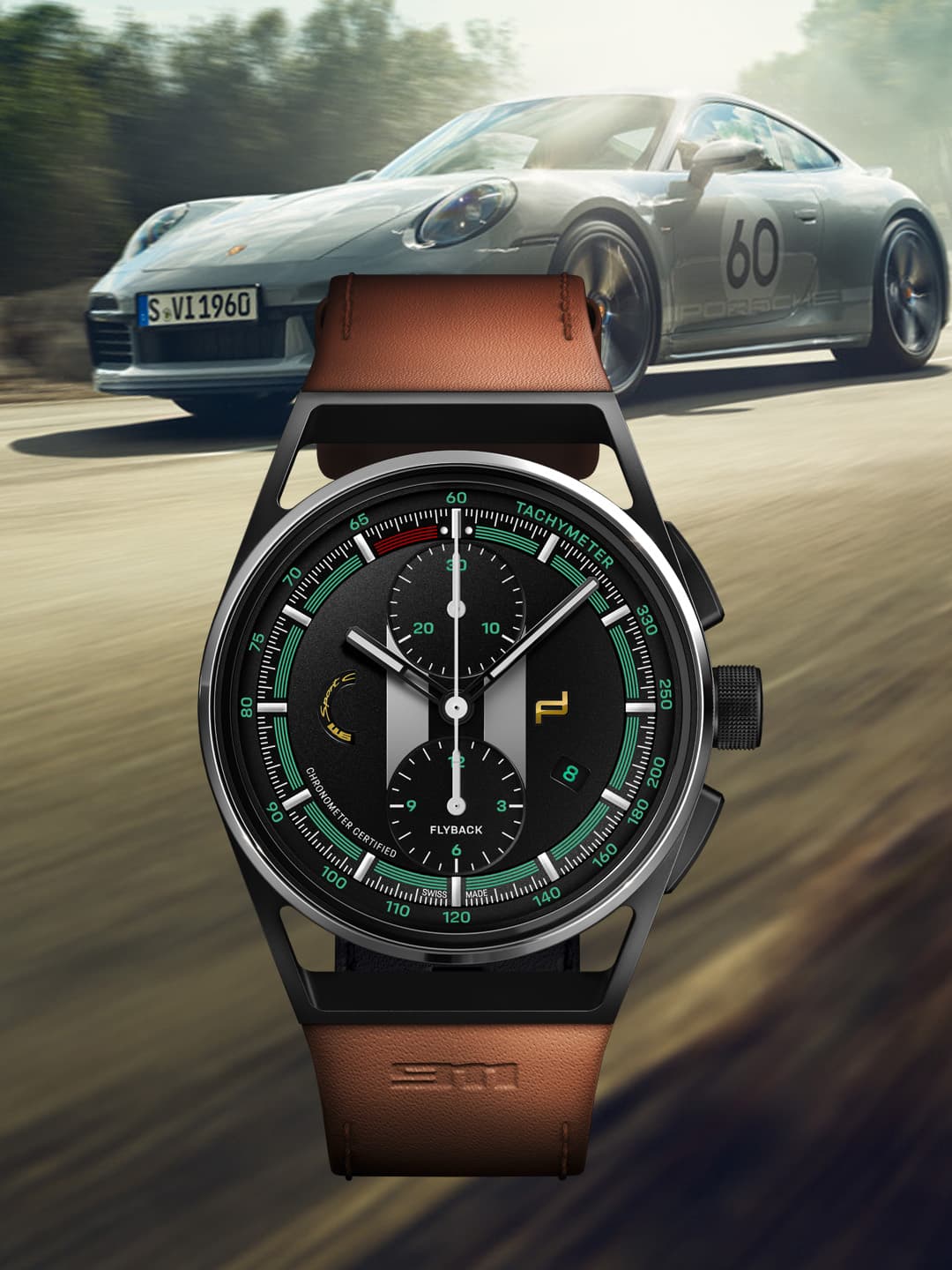
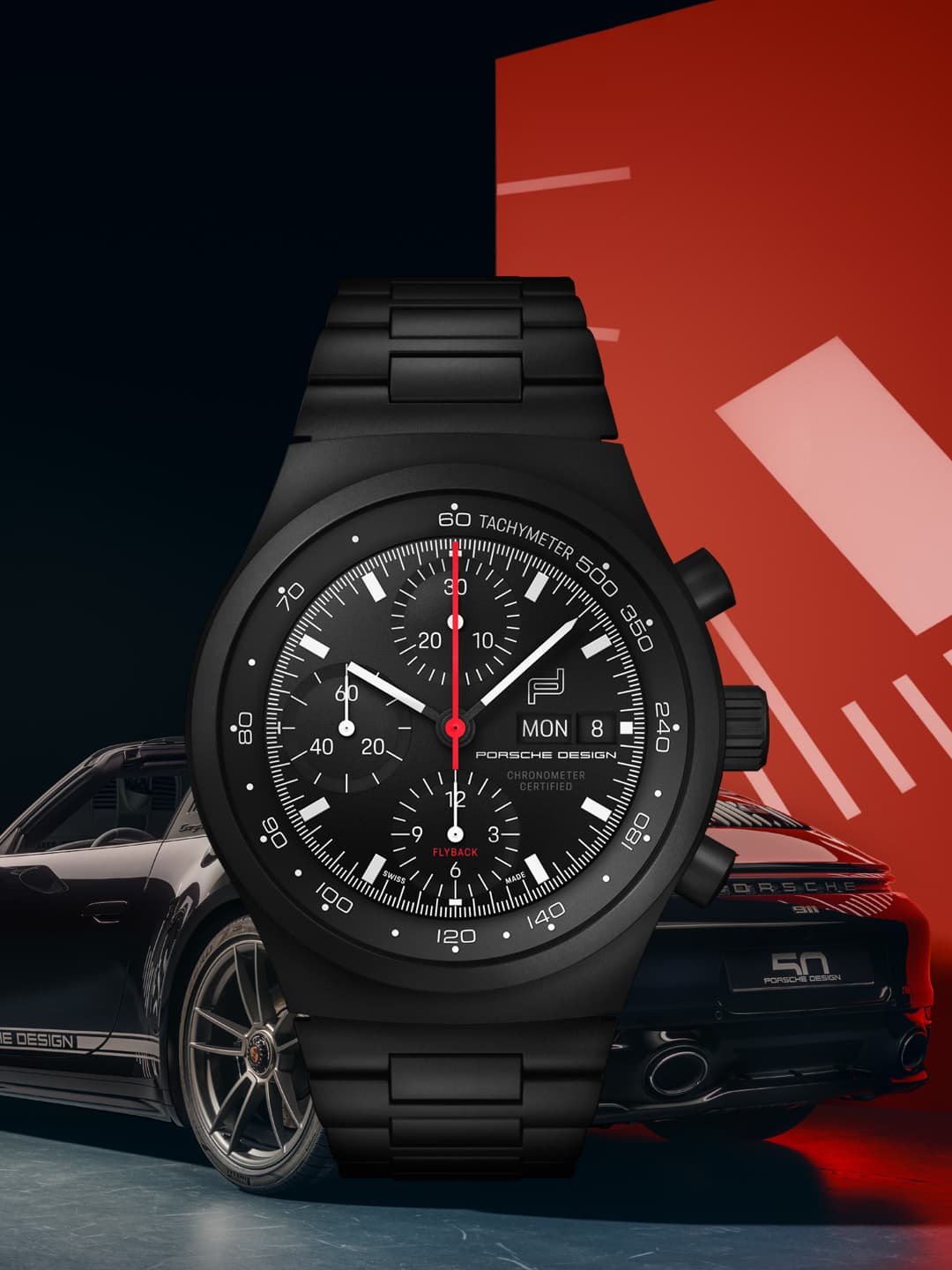
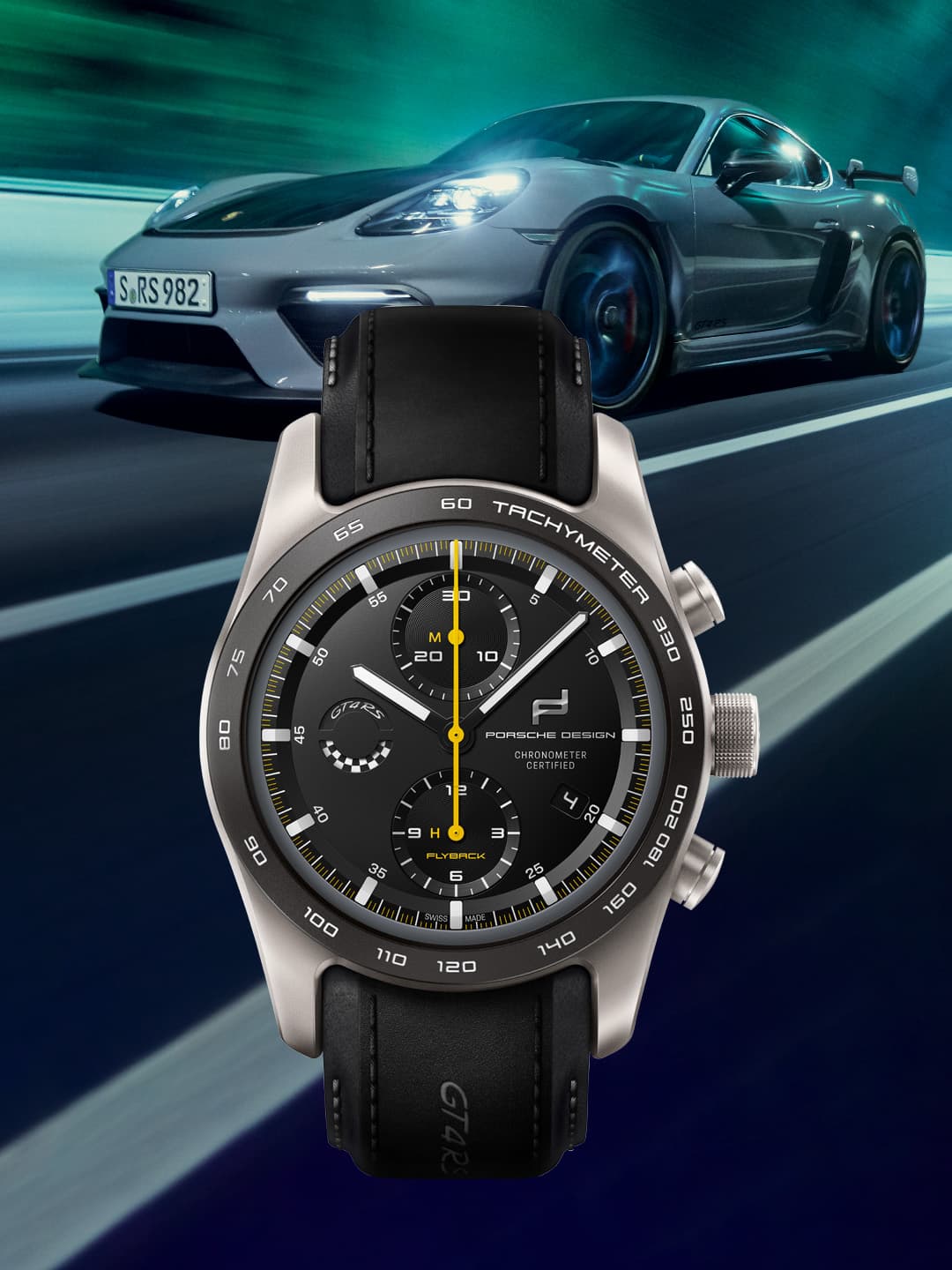
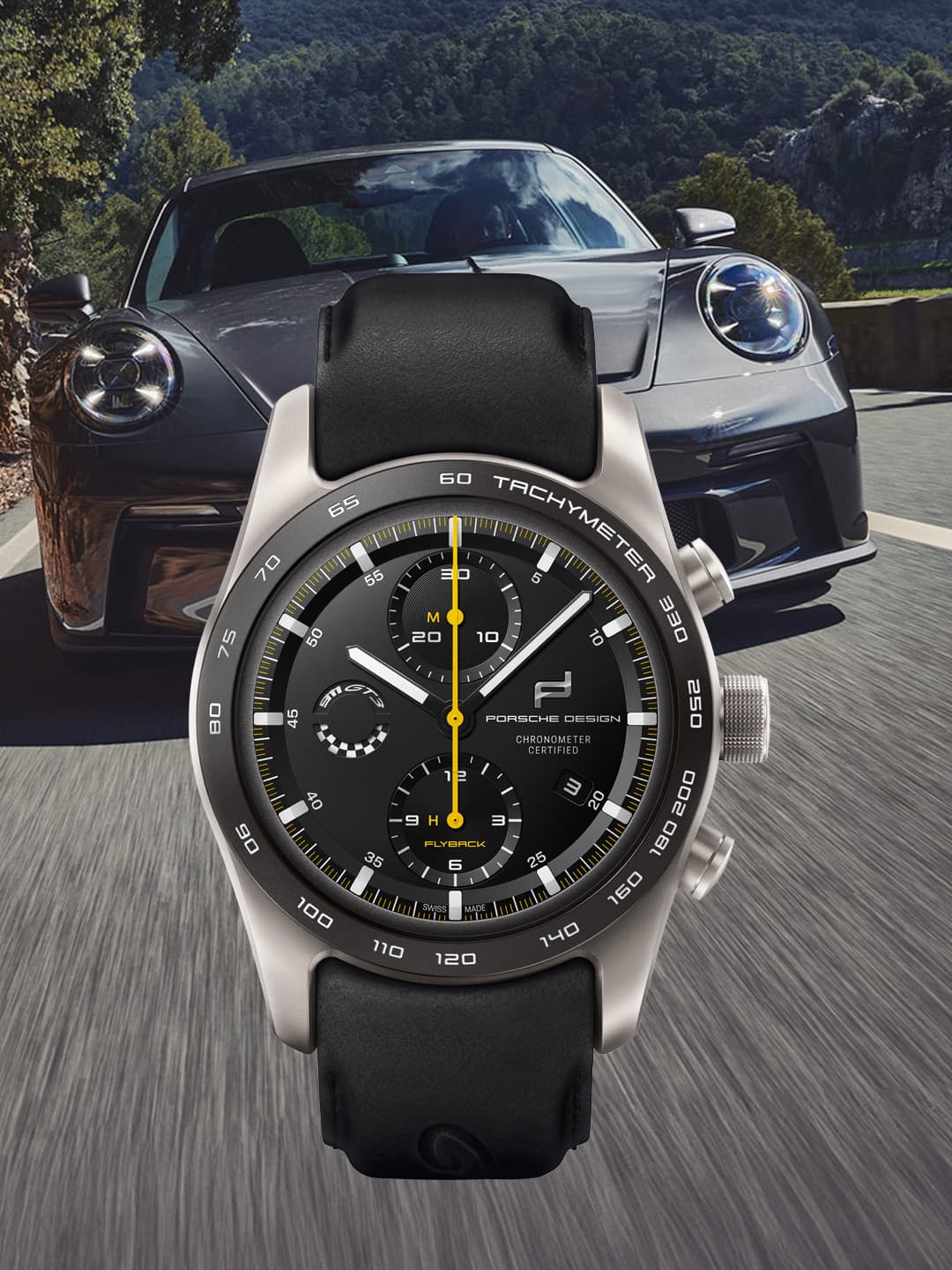
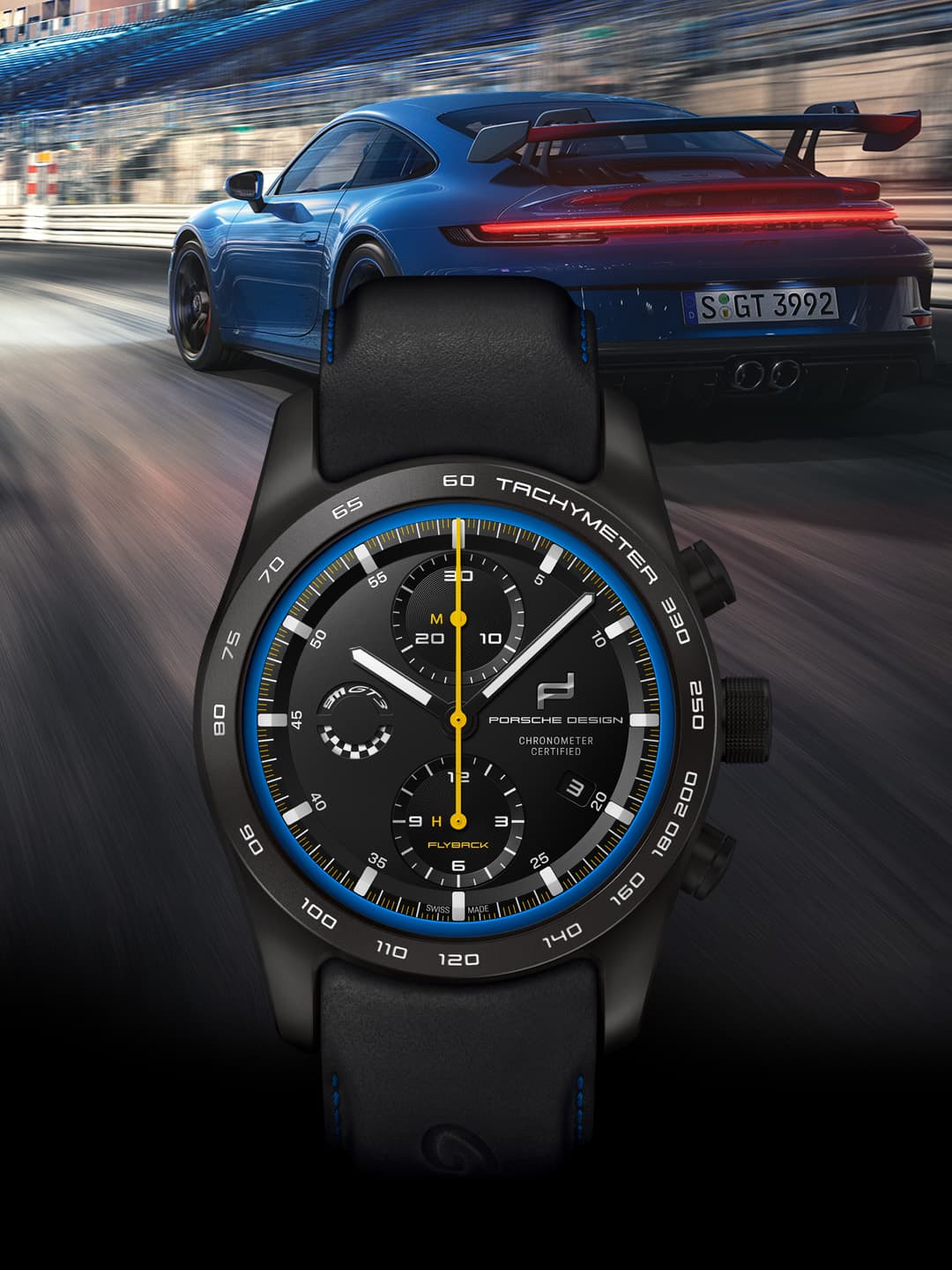
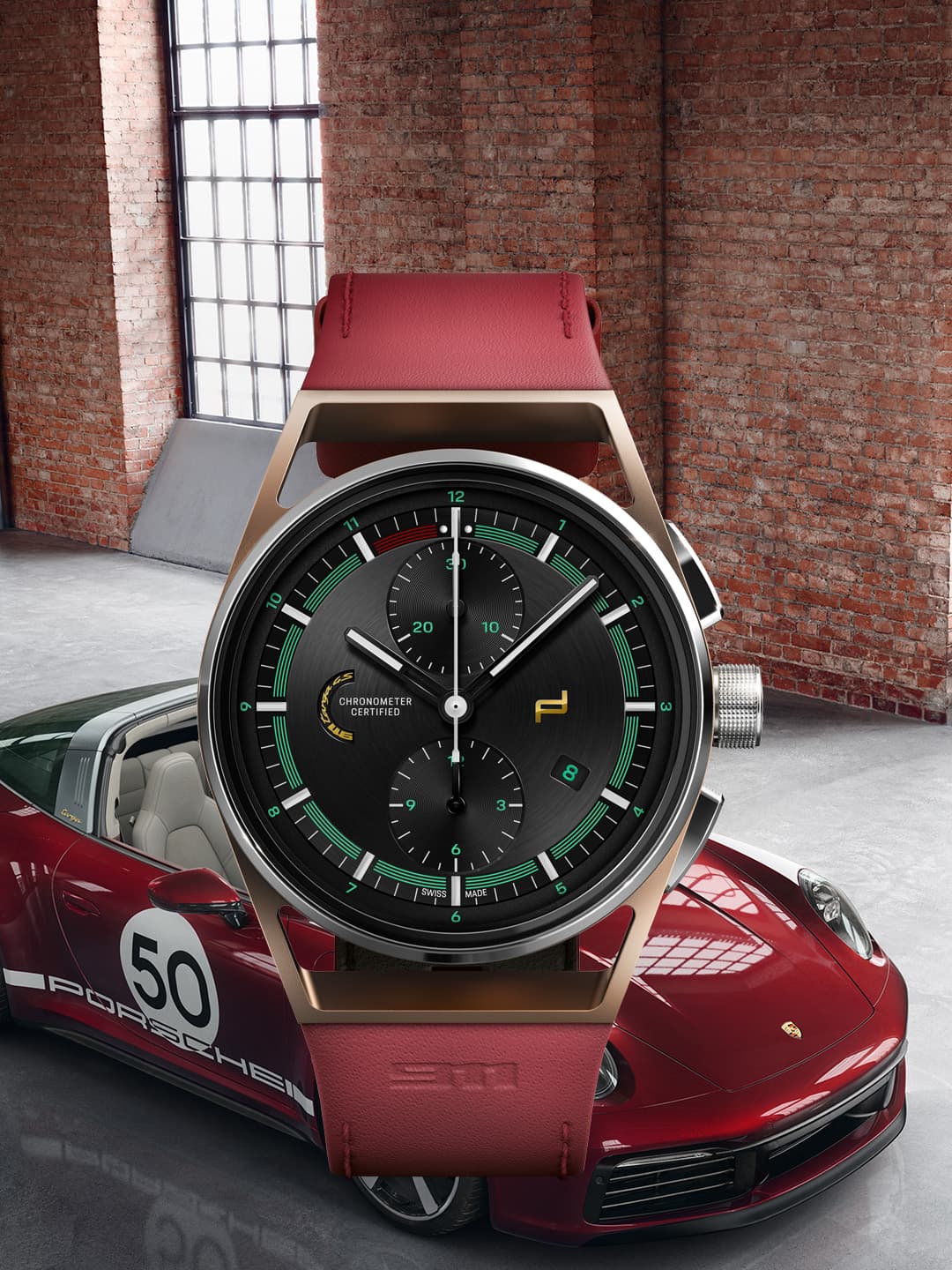
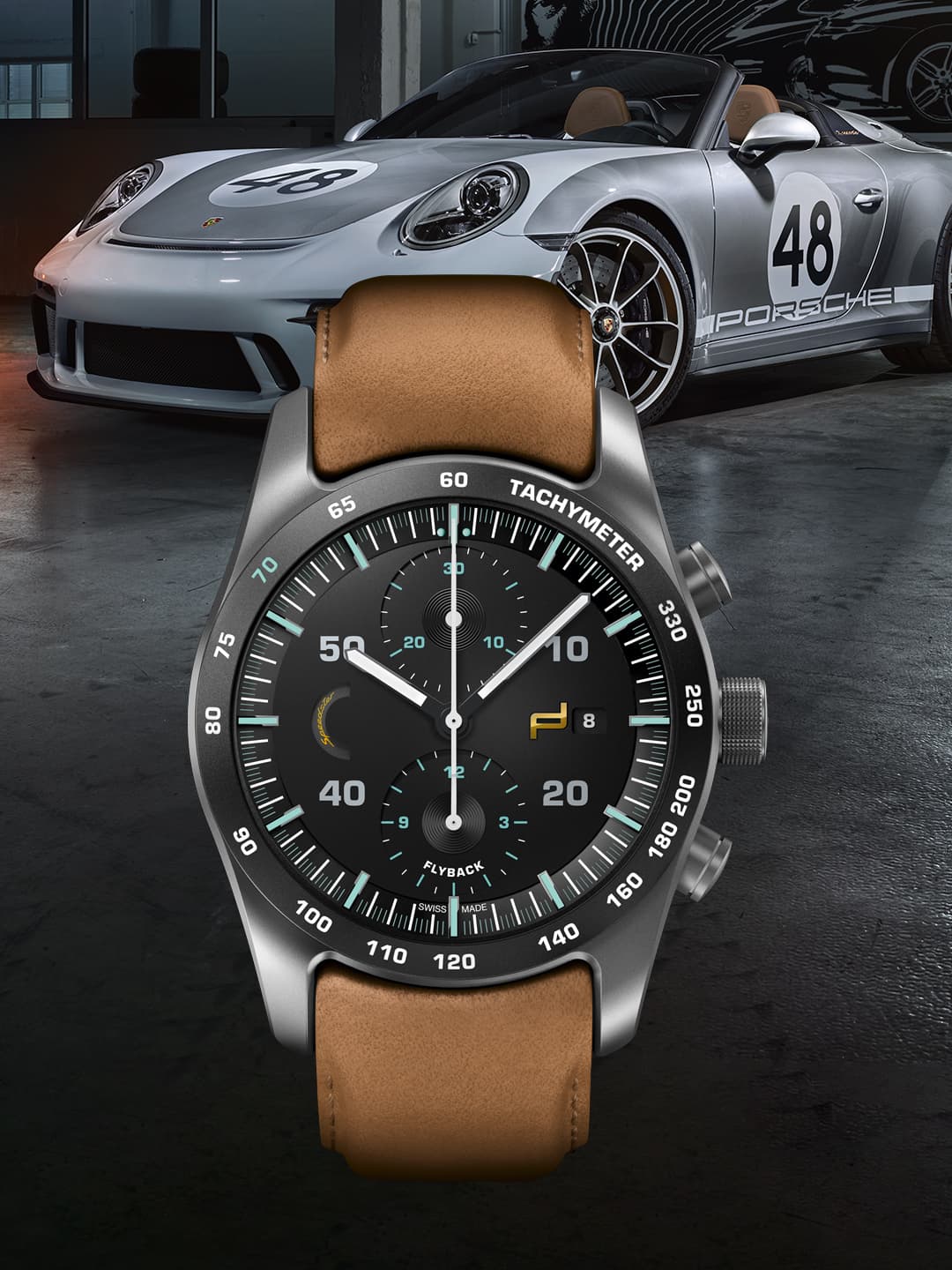
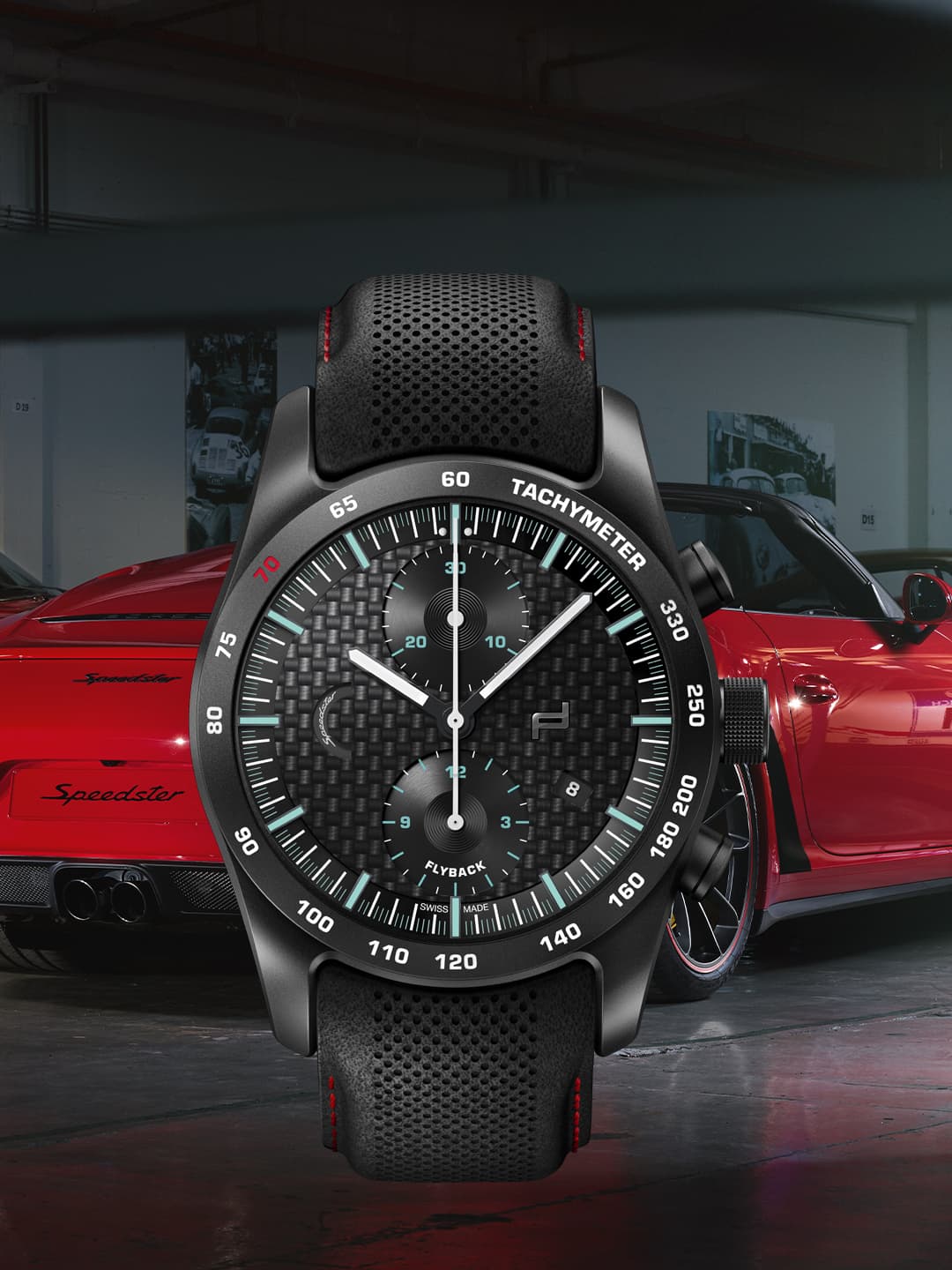
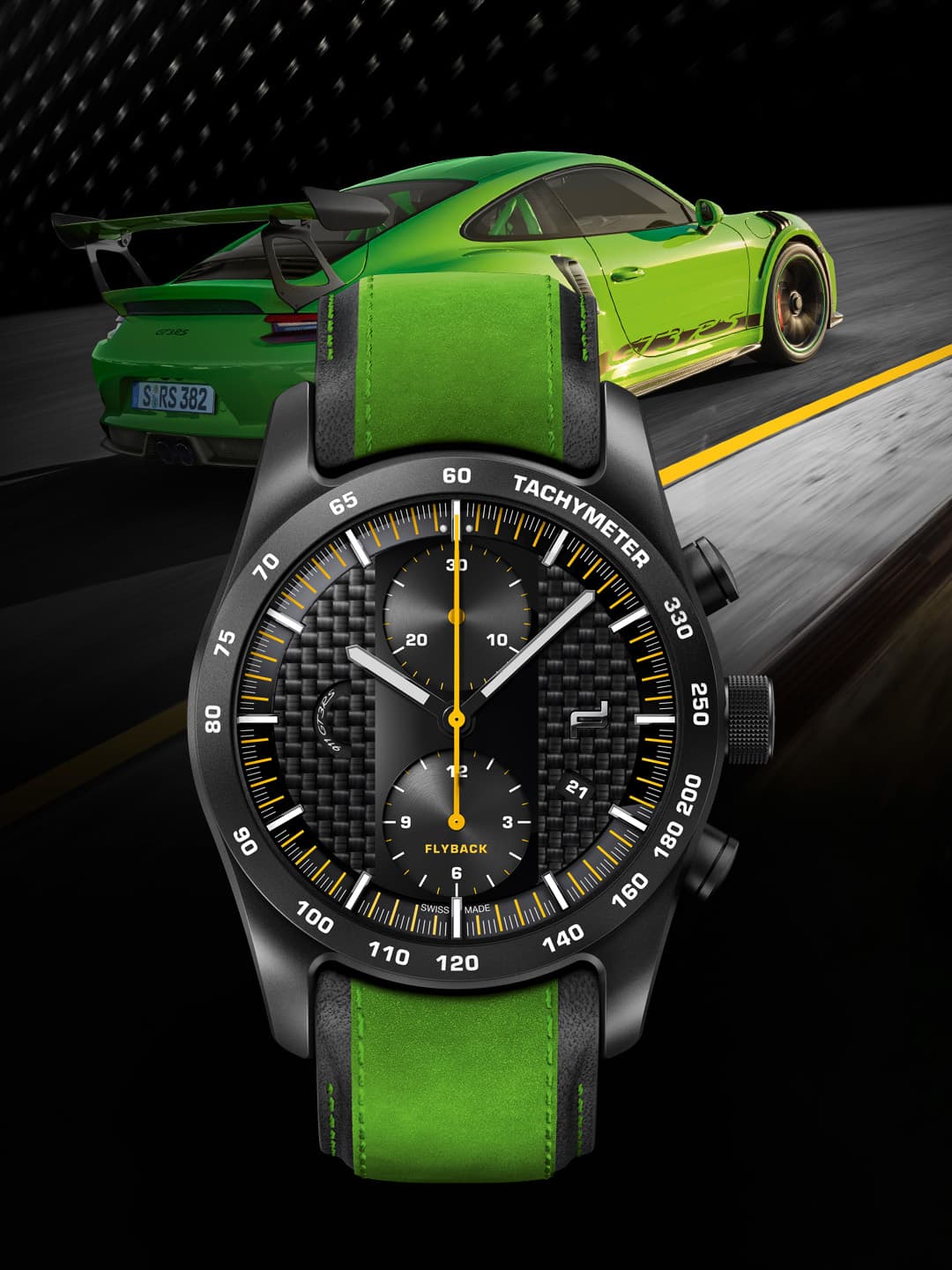
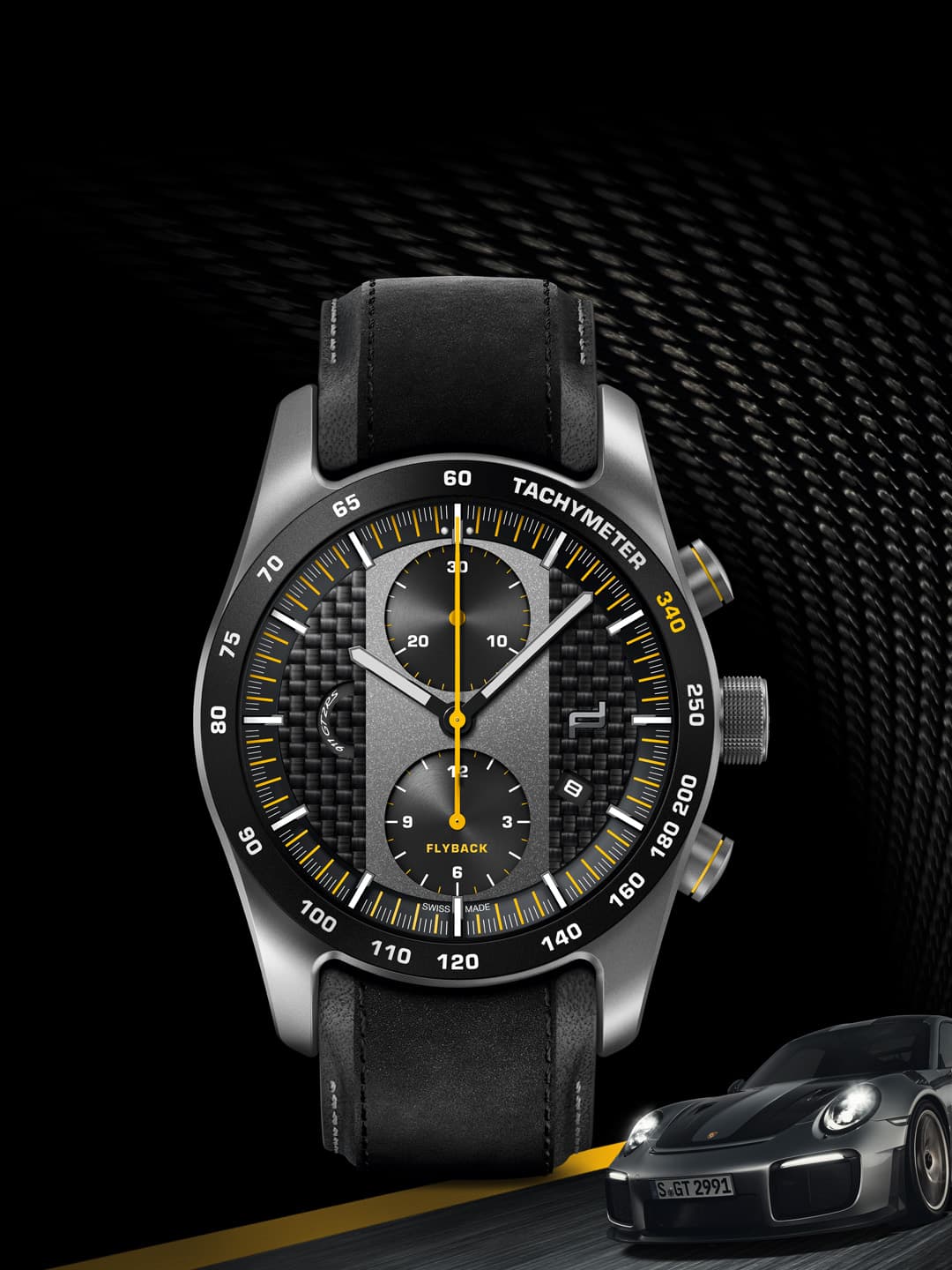
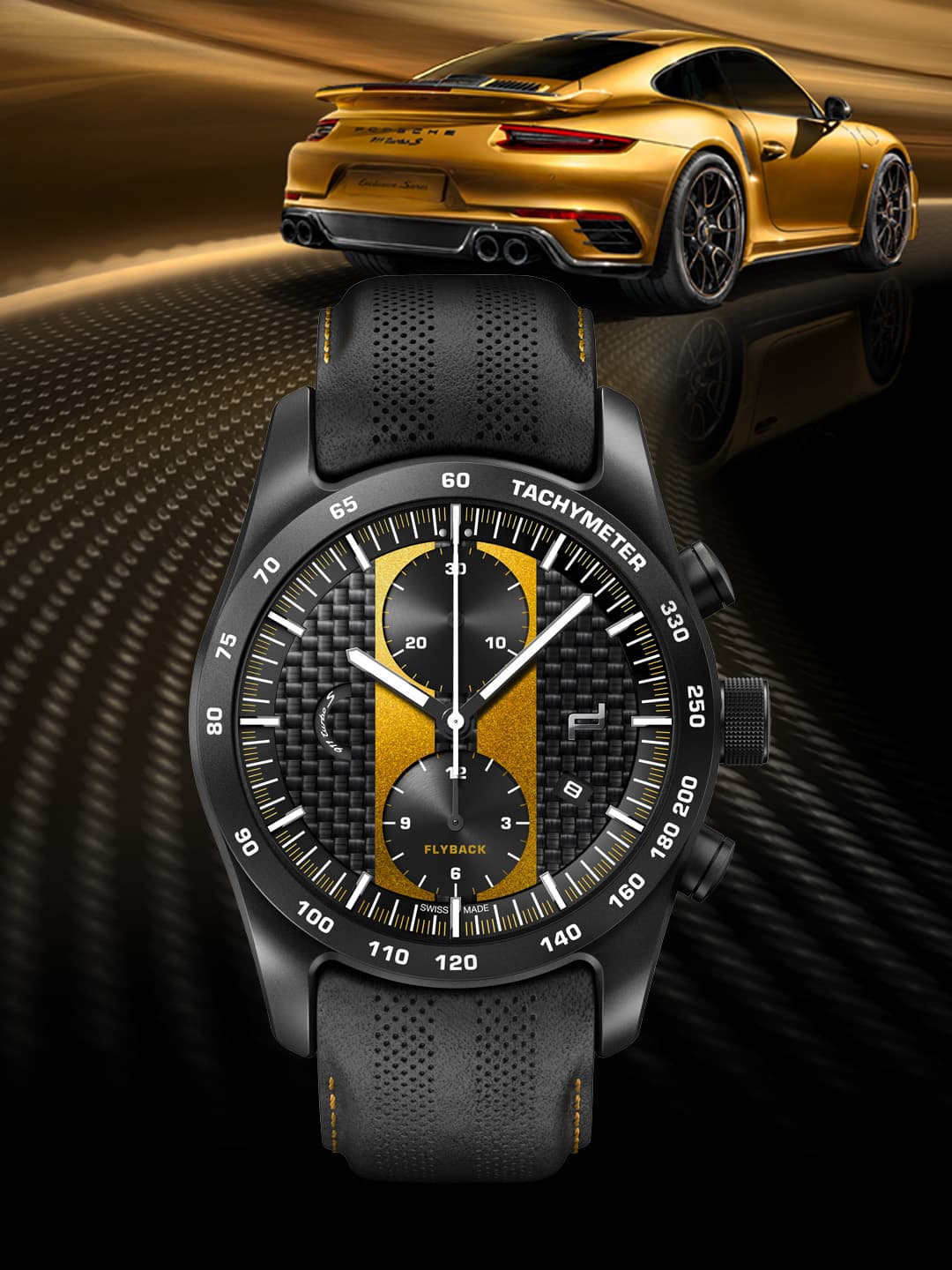
Descubra Porsche Design Timepieces.
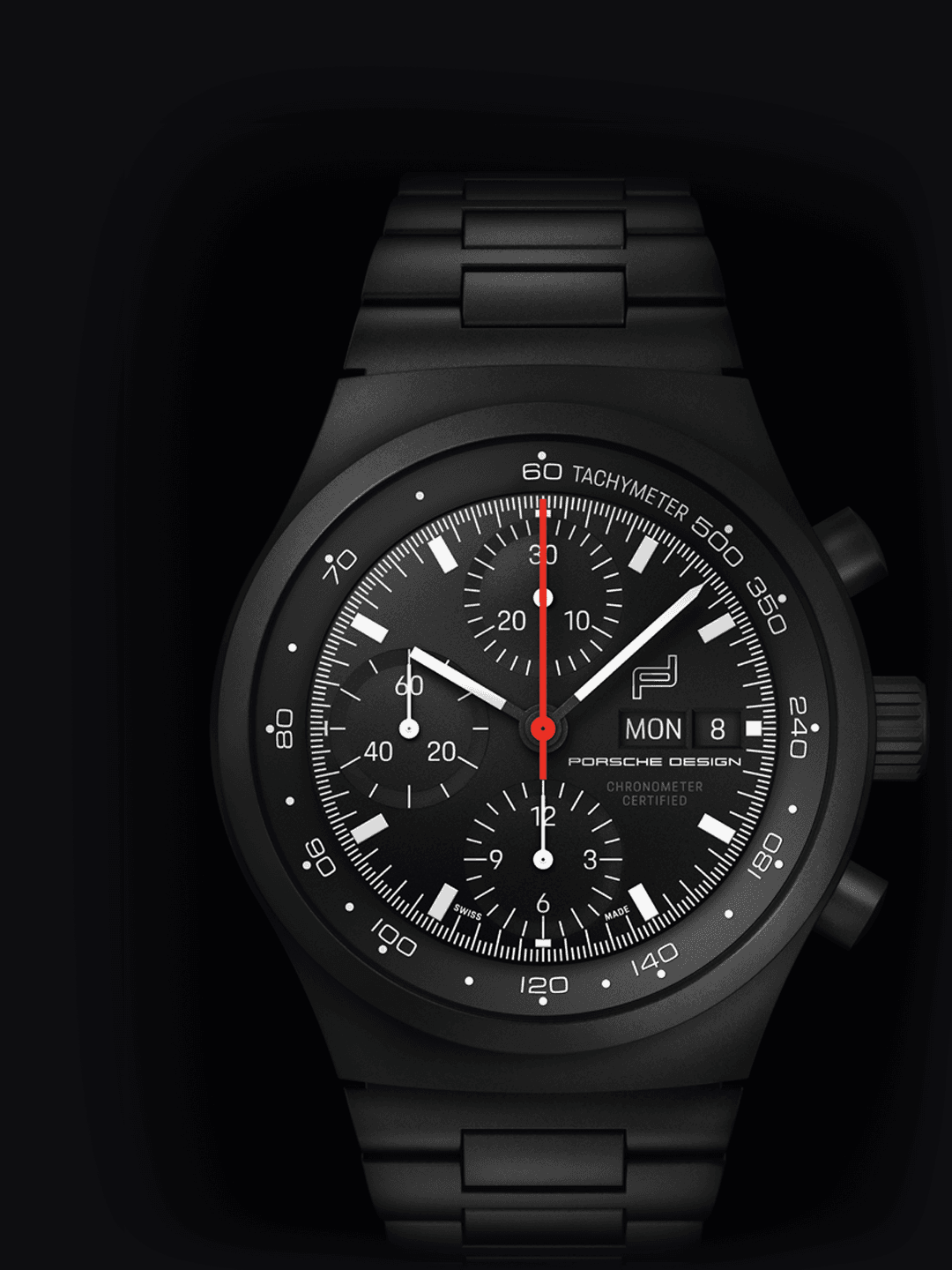
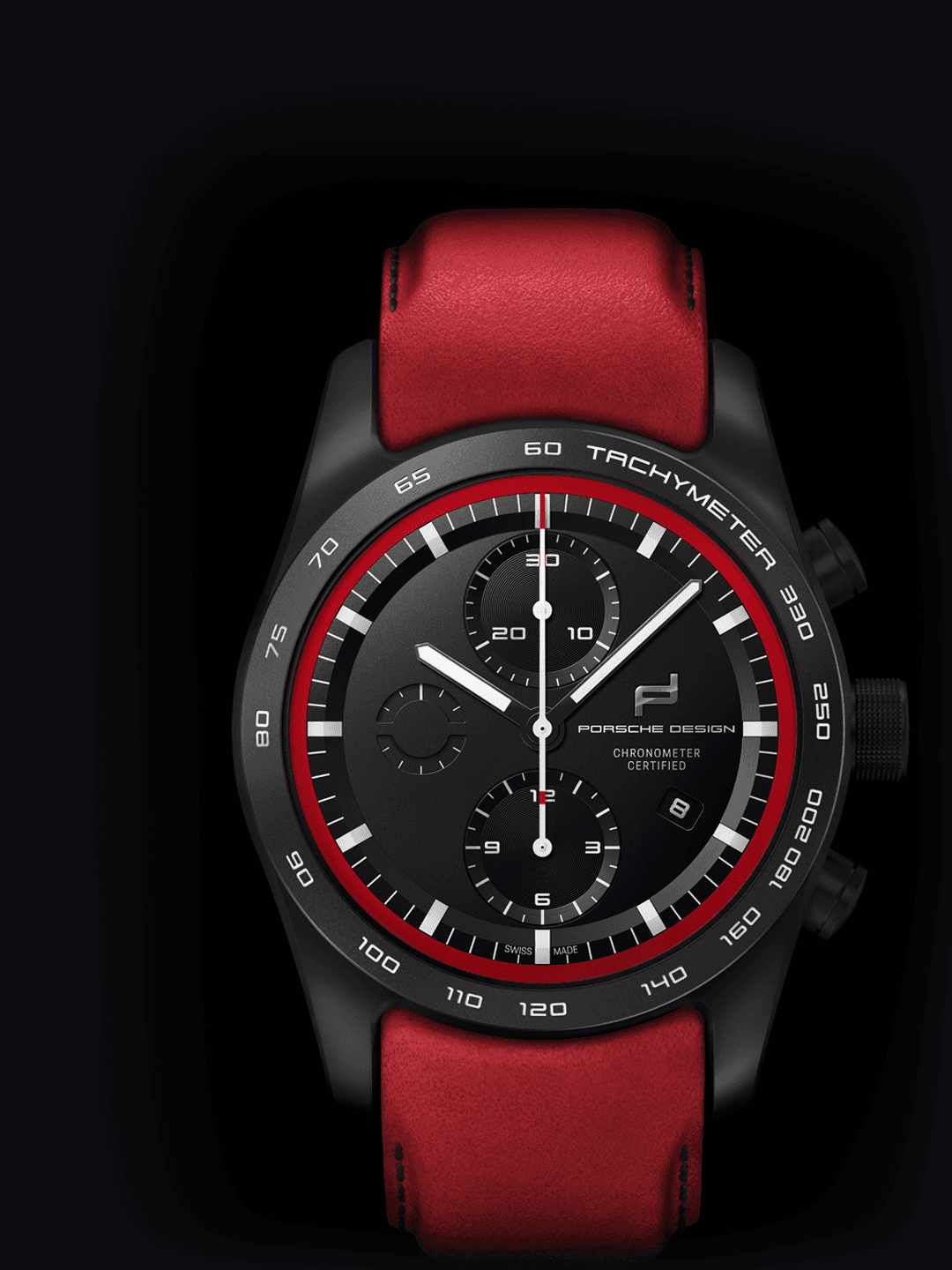
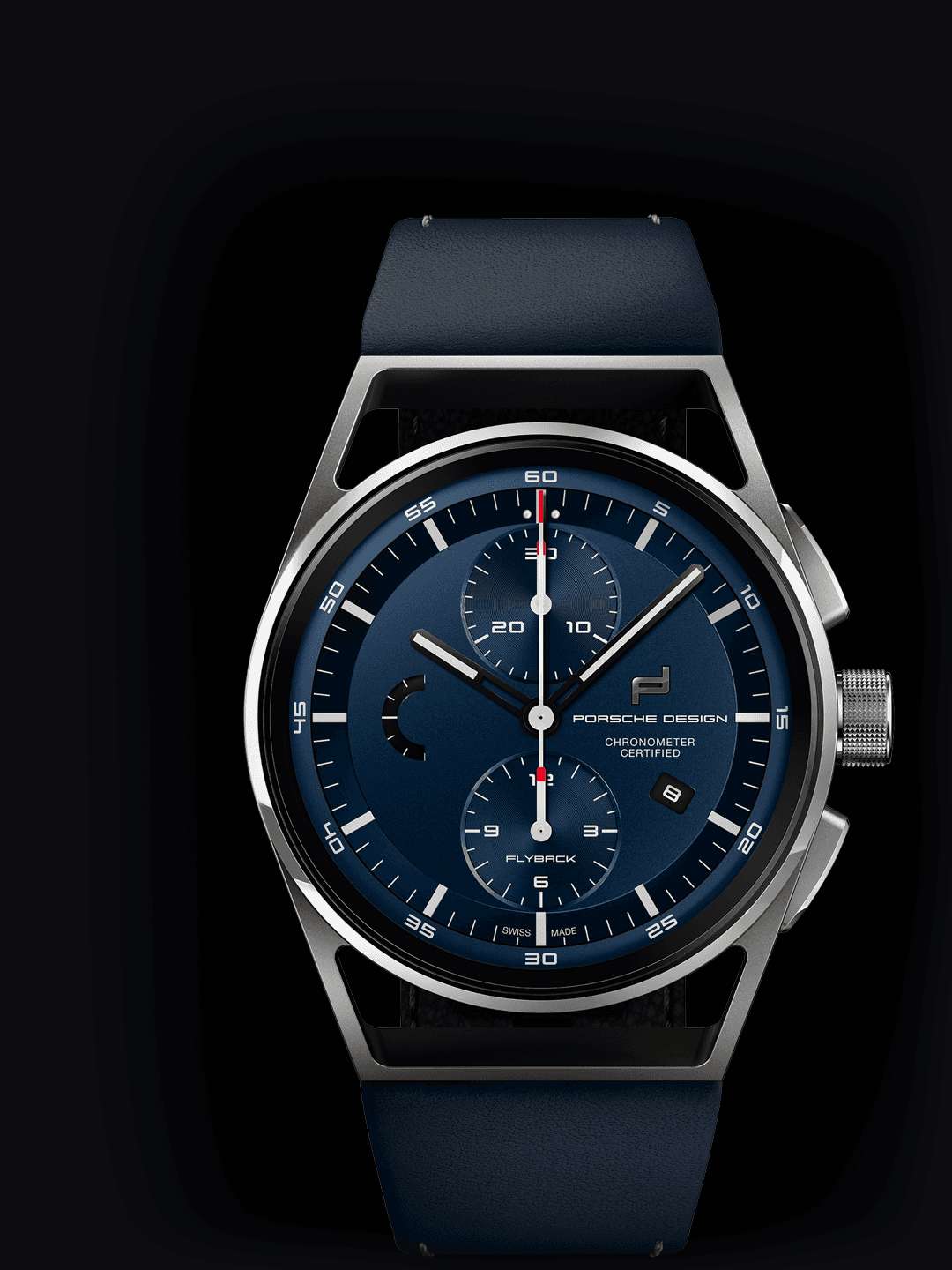

Porsche 911 Turbo S: WLTP* – Consumo de combustível em combinado: 11,7 – 11,5 l/100 km; Emissões de CO₂ em combinado: 266 – 262 g/km; Situação em 09/2025
Porsche 911 Spirit 70: WLTP* – Consumo de combustível em combinado: 10,9 – 10,7 l/100 km; Emissões de CO₂ em combinado: 246 – 242 g/km; Situação em 09/2025
Porsche 911 GT3: WLTP*– Consumo de combustível em combinado: 13,8 – 13,7 l/100 km; Emissões de CO₂ em combinado: 312 – 310 g/km; Situação em 09/2025
Porsche 911 GT3 com Touring Package: WLTP* – Consumo de combustível em combinado: 13,8 – 13,7 l/100 km; Emissões de CO₂ em combinado: 312 – 310 g/km; Situação em 09/2025
Porsche 911 Turbo 50 Years: WLTP* – Consumo de combustível em combinado: 12,5 – 12,3 l/100 km, Emissões de CO₂ em combinado: 283 – 278 g/km; Situação em 09/2025
Porsche 718 Spyder RS: WLTP* – Consumo de combustível em combinado: 12,7 l/100 km; Emissões de CO₂ em combinado: 288 g/km; Situação em 09/2025
Porsche 911 GT3 RS: WLTP* – Consumo de combustível em combinado: 13,2 l/100 km, Emissões de CO₂ em combinado: 299 g/km; Situação em 09/2025
Porsche 718 Cayman GT4 RS: WLTP* – Consumo de combustível em combinado: 13,0 l/100 km; Emissões de CO₂ em combinado: 295 g/km; Situação em 09/2025
* Dados medidos em conformidade com o procedimento de ensaios WLTP (Worldwide Harmonized Light Vehicles Test Procedure - Procedimento Mundial Harmonizado para Ensaios de Veículos Ligeiros), um procedimento de medição realizado em condições mais estritas e realistas para determinar os dados de consumo e de emissões contaminantes (CO2), requerido por lei. Os elementos adicionais e os complementos (acessórios, modelos de pneumáticos, etc.) podem modificar de forma substancial os parâmetros de um veículo, como, por exemplo, o peso, a resistência ao rolamento e a aerodinâmica e, em conjugação com as condições meteorológicas e de trânsito, bem como com a condução individual, podem afetar tanto o consumo de combustível e ou de eletricidade, bem como o nível de emissões de CO2 e os valores das prestações do veículo.
Para mais informação sobre o consumo, emissões e outras especificações técnicas do(s) modelo(s), tem à sua disposição a base de dados disponibilizada pela ACAP, em colaboração com o IMT, e que pode consultar através do site https://www.etiquetasco2.motordata.pt/.